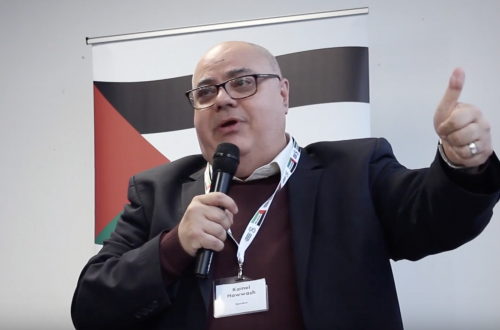There is no excuse for criminal violence and those that have committed criminal acts should suffer the full force of the law. This includes punishment and that punishment could well include a spell in prison or a youth detention centre. While this is necessary, someone has to pay for it. Prisons are expensive and inevitably it is the tax payer who pays to maintain them. The financial cost associated with crime by the underclass is not borne by those who commit the crime but by individuals and businesses who are victims of the crime, through taxation, loss of business, increased security costs and higher insurance premiums.
We do not live in a libertarian society. No judge in the UK would provide an option to an impecunious criminal that he sells his bodily organs or enters a gladiatorial combat broadcast on pay-television to generate cash to provide retribution to his victims, suggestions put forward as possibilities by JC Lester then of the Centre for Practical Philosophy at Middlesex University. Nor are prisoners profitable. We do not have chain gangs in the UK where prisoners are forced to work and could pay financial retribution via that method. We have to accept that the costs associated with prisons are borne by the tax payer. If government spending can be reduced then it is possible that tax rates can be cut.
Crime prevention is important. If crime is reduced and the cost associated with so doing is less than the cost associated with the crime then it seems to me a financially sensible option. These costs can be minimal in time and effort such as closing the front door of a house when leaving for a holiday to those measures that are more costly but still cost efficient – an example might be placing additional locks on doors and windows and installing a safe for valuables to reduce insurance premiums. A different method of reducing crime is deploying more police officers on the streets. This, in itself, is expensive, but it might be deemed better for society than having fewer police officers and more crime. A young person may be less inclined to rob an old lady on a high street if 25 yards away is a police officer.
There is another method of crime prevention and that is via education – showing people that there is an alternative to a life of crime and that obtaining a new pair of trainers via theft is dishonourable. Such methods of prevention have been used by the government in funding organisations such as Quilliam, a counter-extremist think tank where speakers from that organisation discuss Islamic radicalisation in schools and hopefully prevent young Muslims being radicalised so far that they end up in a terrorist cell. We cannot know for certain whether some of those that Quilliam speak to in schools would end up blowing up a carriage on a tube train if they were not spoken to, but a tax payer may look at Quilliam and view it to be a beneficial project for government spending.
On July 29, prior to the commencement of the recent bout of riots that have spread through London, the Guardian published an article by Alexandra Topping with an associated video. The article was published subsequent to Haringey Council closing down eight of its 13 youth clubs. Chavez Campbell is a young person who was interviewed for the video. He commented, “When youth clubs get shut down it cuts kids roots off and links. They don’t have anywhere to go.” The final message that he provided was “There’ll be riots.” While it is not 100 percent clear that Campbell was referring to the closure of the youth clubs when suggesting that there would be riots, it is certainly implied in the video.
It might well be possible that youth clubs are effective in reducing the amount of young people who would otherwise turn to crime. If this is the case then it could well follow that as well as providing facilities for young people to use, the net cost to the taxpayer is lower by keeping youth clubs open than if they are closed. It is a matter that should be considered.


